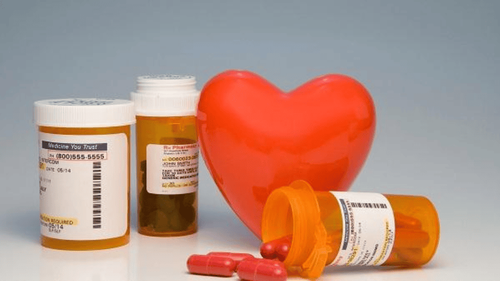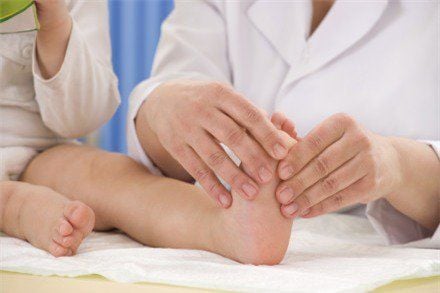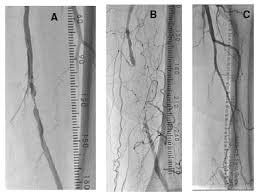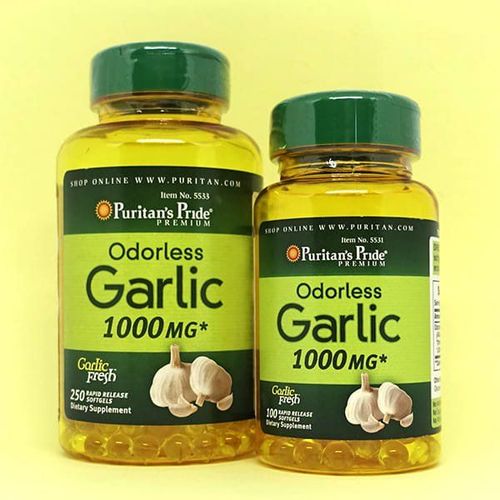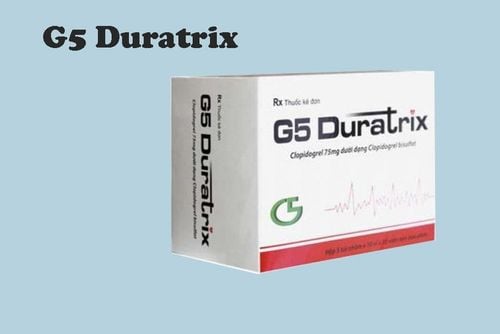This is an automatically translated article.
The article is professionally consulted by Master, Doctor Vu Thi Tuyet Mai - Cardiovascular Center - Vinmec Central Park International General Hospital.
Claudication is one of the symptoms of peripheral artery disease, cardiovascular diseases, atherosclerosis. With timely and proper treatment, the patient can recover and maintain normal physical strength.
1. The mechanism of claudication pain
Claudication is an intermittent pain, usually in muscle areas, mainly the legs. Patients often feel pain when moving and walking. Pain symptoms will gradually decrease and disappear when the patient rests.Normally, arteries carry oxygenated blood and nutrients from the heart to all parts of the body. When the arteries in the legs are blocked or narrowed, the muscles in the legs are not supplied with enough blood, resulting in a lack of oxygen and necessary nutrients. This condition is called hypoxic anemia of the legs.
In the early stages of claudication, the leg is still receiving enough oxygen at rest, the patient will not feel pain if not moving. However, when the body is working, the muscles will need more oxygen and energy. The narrowing of the arteries, which is not enough for blood to flow, causes pain, called claudication. These pains come and go. People with claudication also have a higher risk of heart attack or stroke.
In normal people, the artery lumen is smooth and transparent. If you have atherosclerosis, hardening of the arteries, the plaque can stick on the artery walls, causing the artery to narrow and harden, obstructing blood flow.
2. Symptoms of claudication in cardiovascular patients
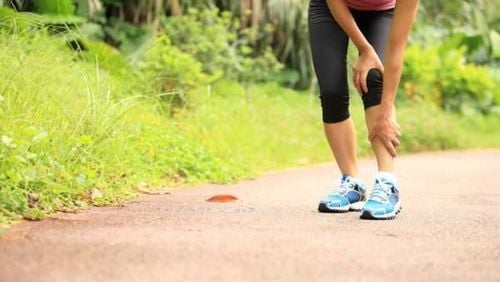
Specific symptoms of claudication in cardiovascular patients include:
Pain when moving: The location of pain depends on the narrow position of the artery, can be feet, calves, thighs, hips.; Repeated pain: The pain is not continuous, comes and goes, the pain is especially strong when doing sports, exercising; Pain at rest: Occurs as the disease progresses, the patient feels pain even when sitting still; Skin discoloration, skin ulcers: The blood flow containing nutrients to the muscles is severely reduced, causing the skin in that area to turn blue-violet and cold, leading to ulcers for a long time.
3. Causes of claudication pain
Claudication is a symptom of peripheral artery disease, which is caused by atherosclerosis. People with the following factors will have a higher risk of developing claudication, including:Smoking High blood pressure High cholesterol Overweight, obesity People with close relatives with cardiovascular or vascular disease . Diabetes

4. Treatment of claudication pain
4.1. Treating the cause of peripheral artery disease Claudication is a symptom of peripheral artery disease, therefore, in order to completely treat this condition, it is necessary to treat peripheral artery disease.Potential causes of peripheral artery disease include high blood pressure, hypercholesterolemia, and diabetes. Patients need to have a reasonable diet, exercise regularly, control weight, stop smoking... If the condition is severe, endovascular intervention or surgery is required.
4.2. Exercise therapy This is the initial treatment for claudication. Based on the medical condition, underlying medical condition, and the health status of each patient, the doctor will make an appropriate exercise plan including: exercise type, exercise time, exercise intensity, and severity. ...
Recommended practice therapy for intermittent claudication is usually one hour or more, three times a week or more, for at least three to six months. If possible, practice under the supervision of a medical professional.
The goal of exercise is to increase the time you walk without hurting your feet. At first, the patient may experience leg pain after about 3-5 minutes of walking. Continue walking, the patient will experience moderate pain. The patient sat down to rest when the pain was gone, then started walking again. Continue this cycle for about 35 minutes at the beginning and gradually increase the time until you reach 50 minutes.

Master - Doctor Vu Thi Tuyet Mai has over 13 years of experience in the diagnosis and treatment of cardiovascular diseases. The doctor has participated in training courses at home and abroad at the University of Medicine and Pharmacy in Ho Chi Minh City. Ho Chi Minh City, NTUH National Taiwan University Hospital, The Prince Charles Hospital, Australia,..
Please dial HOTLINE for more information or register for an appointment HERE. Download MyVinmec app to make appointments faster and to manage your bookings easily.
Reference source: Vietnam Cardiology Association




